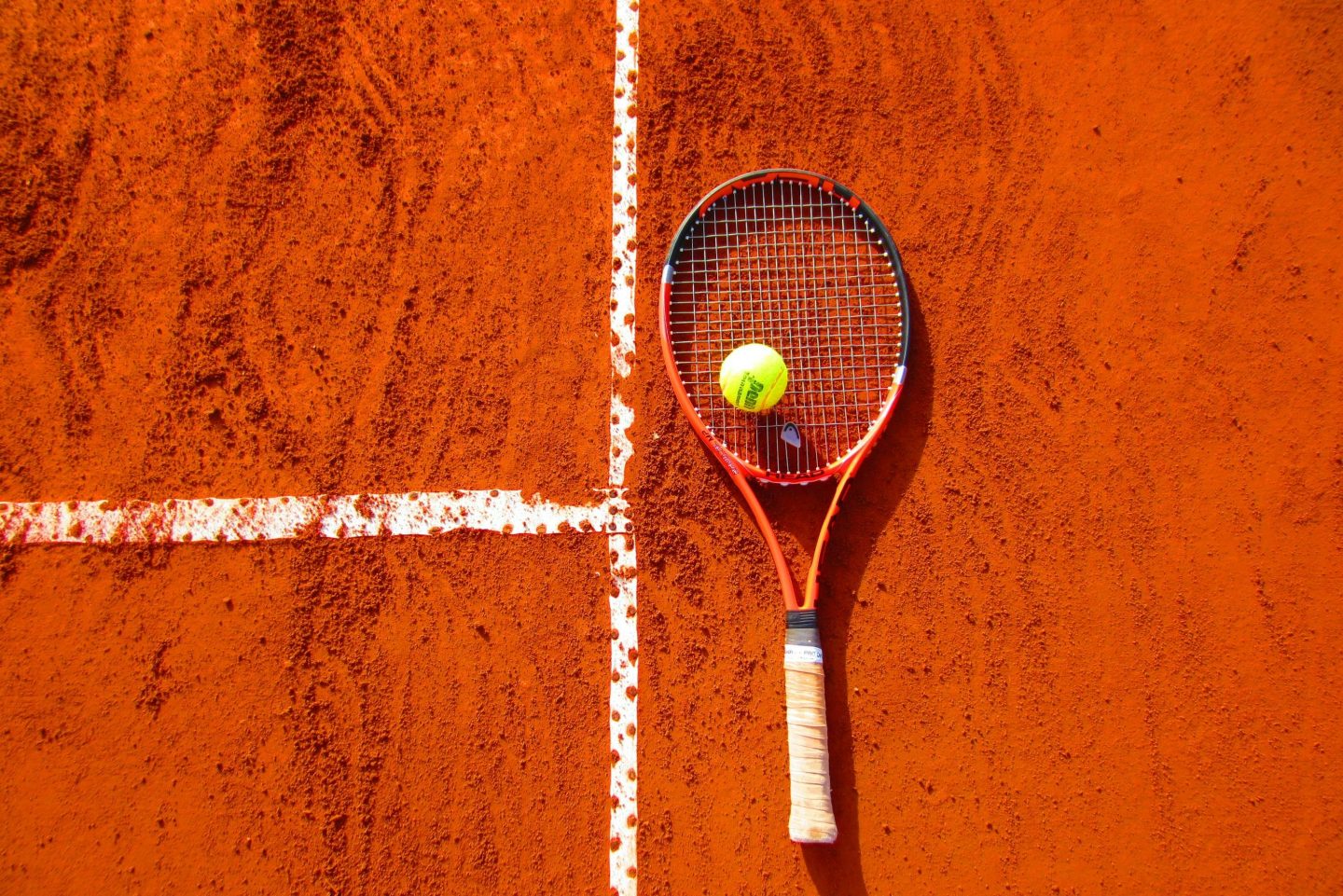Wimbledon, with its storied tradition and strict adherence to the purity of the sport, serves as a captivating case study for the evolution of tennis racket technology. The tennis racket, an indispensable tool of the game, has undergone significant transformations since the inception of this prestigious tournament in 1877. These changes have not only influenced the style of play but have also reflected broader technological advances in sports engineering.

Early Days: The Wooden Era
In the earliest days of Wimbledon, players wielded heavy wooden rackets. These rackets were made primarily from ash or hazel wood, materials chosen for their natural strength and flexibility. The heads were small by today’s standards, and the strings were made of animal gut, tightly strung to provide the best tension possible. This era of wooden rackets lasted until the late 1960s and is often revered for the high level of skill it demanded.
The Introduction of Metal
The 1970s marked a revolutionary change with the introduction of metal rackets. The first significant foray into non-wood rackets at Wimbledon came with the Wilson T2000, a steel racket famously used by Jimmy Connors. Metal rackets, while still heavier than modern designs, offered more durability and a larger sweet spot. This transition was critical, as it allowed for more powerful serves and groundstrokes, subtly beginning to shift the strategy and speed of the game.

The Composite Revolution
The real transformation in racket technology, however, began in the 1980s with the advent of composite rackets made from materials like graphite, carbon fibre, and Kevlar. These materials allowed for even lighter and stiffer rackets, with varying degrees of flexibility and strength tailored to different playing styles. By the late 20th century, composite rackets dominated Wimbledon, with players enjoying unprecedented levels of power and control.
The introduction of these rackets coincided with changes in playing styles. Players could now hit harder and more aggressively, leading to faster-paced matches. The serve-and-volley style of play became more pronounced with players like Pete Sampras, who used the Wilson Pro Staff, a graphite racket that allowed for powerful serves followed by quick net approaches.
Technological Refinements
As the 21st century approached, racket technology at Wimbledon continued to refine. Innovations included larger head sizes, improved string materials like polyester (which allowed for greater spin and durability), and even more precise customization of racket characteristics such as balance and swing weight. These advancements have tailored equipment to the specific needs and preferences of players, effectively changing the nuances of game strategy.

One notable innovation in racket technology is the introduction of “smart” rackets equipped with sensors that track detailed metrics like stroke type, ball impact location, swing speed, and more. While still emerging during actual Wimbledon matches, such technology is increasingly used in practice sessions to gather data and refine players’ techniques and strategies.
The Modern Game and Racket Customization
Today, the game at Wimbledon showcases a blend of power and precision that was unimaginable in the early days of wooden rackets. Players like Roger Federer, Serena Williams, and Novak Djokovic have used rackets that are not only light and powerful but also customised to enhance their unique styles of play. For instance, Federer’s use of a Wilson racket with a larger head size in the later stages of his career allowed him to continue competing at a high level by generating more power and a larger hitting area.
Impact on the Game
The evolution of tennis rackets has not only impacted how the game is played at Wimbledon but also how it is perceived and enjoyed by fans. Faster serves, more powerful returns, and the ability to create incredible topspin are just some of the elements that have evolved alongside racket technology. The spectacle of the game has grown, with rallies becoming more intense and the physical limits of players being pushed further.

Conclusion
The history and evolution of tennis rackets at Wimbledon is a fascinating reflection of broader trends in sports science and technology. Each advancement in racket technology has left a mark on the strategies, styles, and speed of the game, contributing to the rich tapestry of this grand tennis tournament. As technology continues to advance, the future of tennis at Wimbledon looks poised to offer even more innovations, continuing to transform this traditional yet ever-evolving sport.
For media inquiries, please contact:
Robert Linter
Marketing & PR Officer
RobL@TennisHQ.co.uk
TennisHQ.co.uk a part of Flywalk Ltd
About TennisHQ
TennisHQ.co.uk is an Tennis Specialist Shop, based in Hampshire, UK – run by players, for players. Tennis HQ aims to give new players and professional players the guidance and information they need to identify the right Tennis equipment, at the best possible prices and service. Running since November 2022, TennisHQ aims to deliver an online shop that helps players understand products in a more real way than done by traditional online retailers, by communicating product detail, in simple graphic ways.


